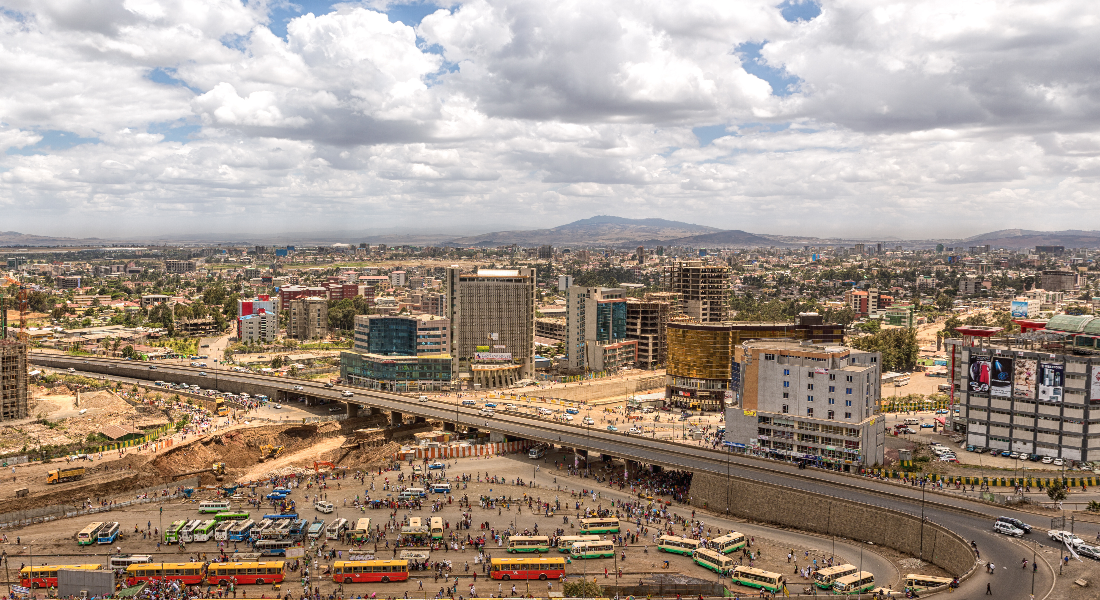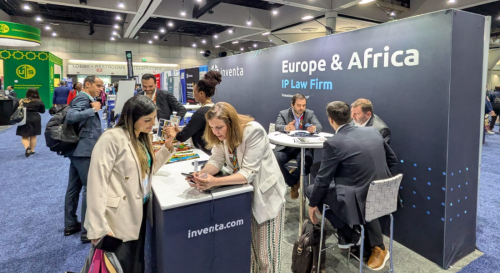
An essential guide to filing trademarks in Ethiopia
Ethiopia is the 13th most populated country in the world and the second most populated in Africa. It is situated at the horn of the continent – one of the most strategic and disputed locations for international trade. In 2000 Ethiopia was the third poorest country in the world. Its annual gross domestic product (GDP) per capita was roughly $620 and more than 50% of the population lived below the global poverty line – the highest poverty rate in the world. However, since then, there has been considerable economic growth. According to World Bank estimates, from 2000 to 2018, Ethiopia was the third fastest-growing country of 10 million or more people in the world, as measured by GDP per capita. While Ethiopia’s economy has experienced strong, broad growth, averaging 9.4% per year from 2010-2011 to 2019-2020., the country’s real GDP growth slowed down to 6.1% between 2019 and 2020 due to the covid-19 crisis.
The Ethiopian government is in the process of privatising many state-owned businesses and moving towards a market economy, which includes plans to open the telecoms sector. This is crucial to Prime Minister Abiy Ahmed’s liberalisation agenda and to attracting foreign investment. The government is preparing to sell a 45% stake in Ethio Telecom to investors and issue two new telecoms licences. There has already been an increase in foreign investment in the past year, which has led to a rise in the number of trademark applications filed in the country.
Trademark registration process
In 2013 the Trademark Registration and Protection Proclamation No 501 came into force, bringing much-needed clarity to the country’s trademark practice and aligning local processes with international trends in trademark law.
Since Ethiopia is neither a member of the Madrid Agreement nor the Madrid Protocol, trademark protection is obtained through local registration. However, despite the first-to-file principle, registration can also be acquired through sufficient public recognition.
Although Ethiopia is not a member of the Paris Convention, the IP Law confirms that priority may be claimed from applications filed in any Paris Convention country if the Ethiopian application is filed within six months from the date of filing the priority application. Here, a certified document confirming the priority application’s details should be submitted within three months of the filing date in Ethiopia.
It is possible to file goods and service marks and collective marks in the country, as well as obtain protection for well-known marks. Additionally, the Nice Classification system is applicable and multi-class applications are available.
A trademark application must include:
- power of attorney;
- applicant data (eg, name and address);
- a certified copy of the certificate of incorporation relating to the applicant’s business in the relevant classes, which must be filed with a verified English translation or a certified copy of the application filed in a different jurisdiction with a verified English translation;
- a sample of the mark (not required for word marks);
- a list of goods and/or services; and
- the priority document, with verified English translation, if priority is claimed.
The power of attorney must be legalised by an Ethiopian consulate.
The filing procedure in Ethiopia as follows:
- A request is filed before the Ethiopian Intellectual Property Office (EIPO).
- The EIPO conducts a formal and substantial exam.
- A notice of invitation for opposition is published in the IP Bulletin or national newspaper.
- Third parties that consider themselves to be adversely affected by the trademark registration have 60 days to file an opposition.
- The registration certificate is issued.
Trademarks are valid for seven years from the filing date and may be renewed indefinitely for the same number of years.
A trademark registration usually takes between 24 and 30 months to complete. Although not mandatory, availability searches are recommended and the time frame to completion is five to 10 business days.
This is a co-published article, which was originally published in the World Trademark Review (WTR).
Lista de Territórios
Não existem resultados para a sua pesquisa.
- África
- África do Sul
- Angola
- Argélia
- Benin
- Botsuana
- Burkina Faso
- Burundi
- Cabo Verde
- Camarões
- Chade
- Comores
- Costa do Marfim
- Djibuti
- Egito
- Eritreia
- Eswatini (Suazilândia)
- Etiópia
- Gabão
- Gâmbia
- Gana
- Guiné
- Guiné-Bissau
- Guiné-Equatorial
- Lesoto
- Libéria
- Libia
- Madagáscar
- Maiote
- Malaui
- Máli
- Marrocos
- Maurícias
- Mauritânia
- Moçambique
- Namíbia
- Níger
- Nigéria
- Quénia
- República Centro-Africana
- República Democrática do Congo
- República do Congo
- Reunião
- Ruanda
- Saara Ocidental
- São Tomé e Principe
- Seicheles
- Senegal
- Serra Leoa
- Somália
- Sudão
- Sudão do Sul
- Tanzânia
- Togo
- Tunísia
- Uganda
- Zâmbia
- Zanzibar
- Zimbábue
- África (OAPI)
- África (ARIPO)
- Mais Territórios
- Macau
- Maldivas
- Portugal
- Timor Leste
- Marca da União Europeia (EUIPO)
- Marca Internacional (Sistema de Madrid)
- Patente Europeia (IEP)
- Tratado de Cooperação em matéria de Patentes (PCT)




